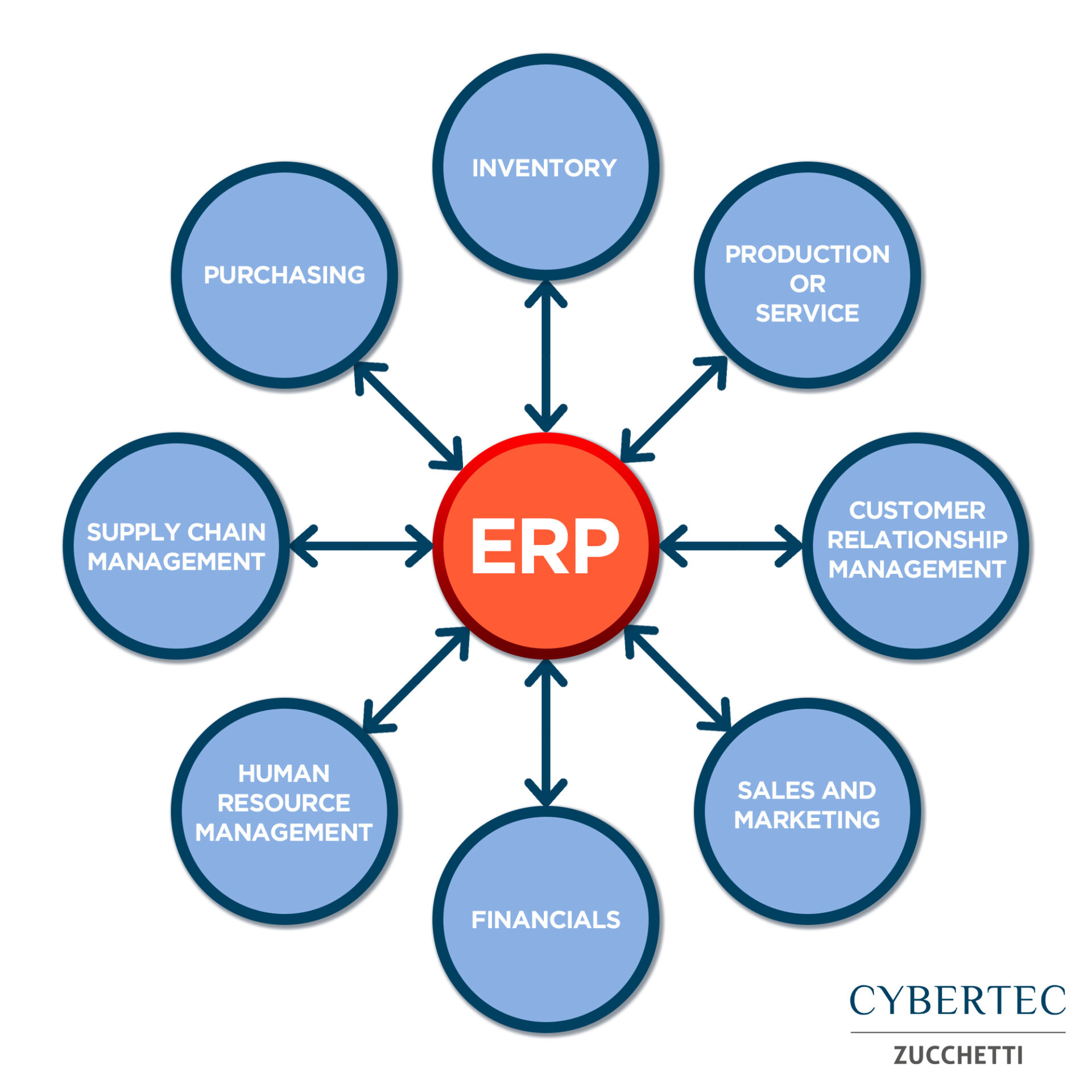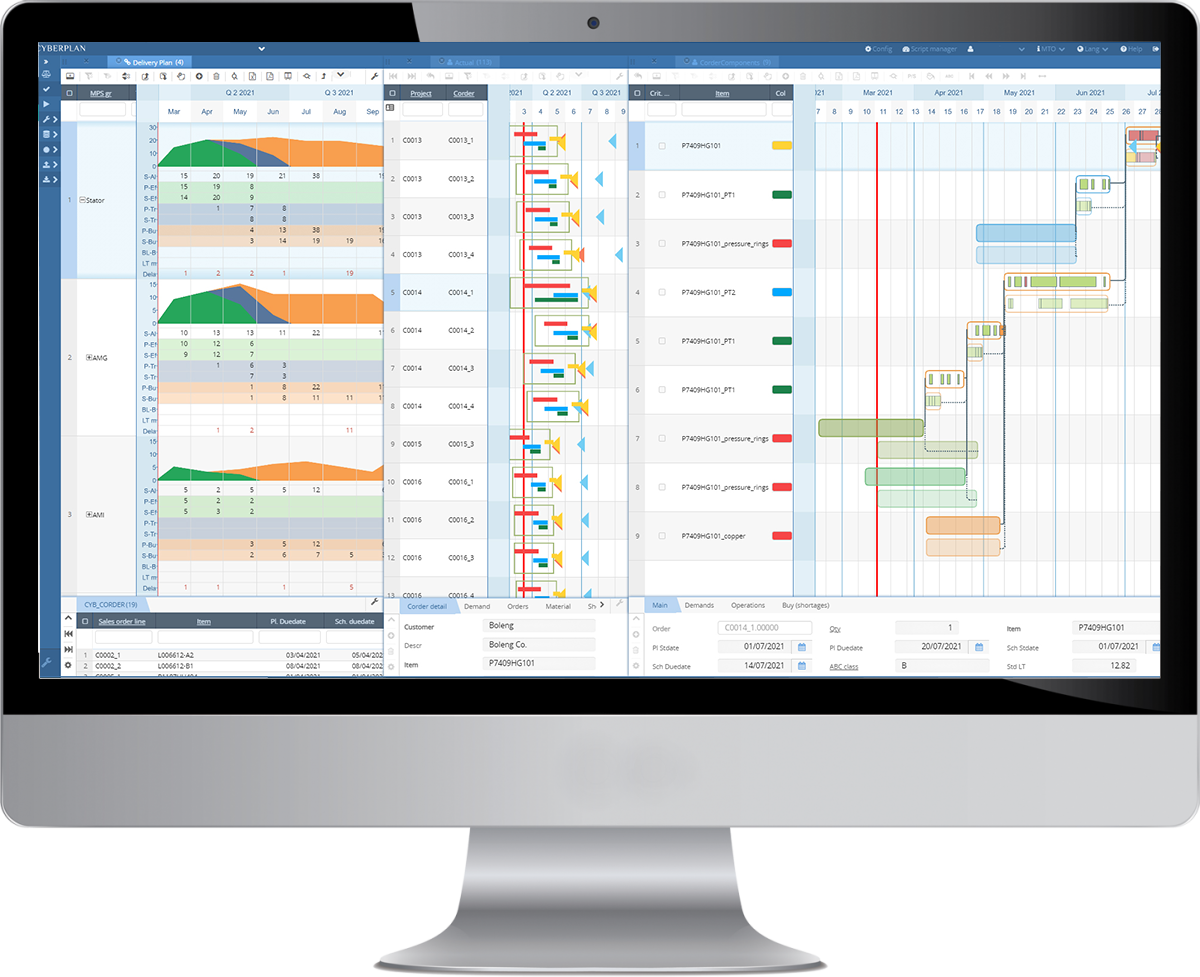A good production plan is the basis of a good Supply Chain and good results in terms of productivity. However, it is not always easy to achieve a good production schedule as production planning is a complex process that involves many different activities and all necessary to ensure that there are materials, machinery and personnel available at the right time and place. Today, companies are competing in increasingly competitive and complex markets, so they are looking for reliable solutions that allow them to be flexible in the face of sudden market changes. The tools for planning and scheduling production are excellent tools in this context, thanks to the fact that they allow companies to manage their Supply Chain in a structured and organized way.
Whatis the production plan?
For a manufacturing company, the production plan is the first step of the production process and consists of a document that shows the list of items that the company must produce in order to meet customer orders. The production plan therefore concerns the work sequences to be carried out in the production departments, unlike the main production plan (also known as MPs or Master Production Schedule) which is a document containing the quantities of finished product to be produced, divided by period.
Why get a good production schedule?
The main task of production scheduling is to align production with market demands taking into account production constraints and resource availability while trying to keep machinery and stock saturation at the right levels.
Getting a good production plan is important because it allows you to:
- improve the level of service thanks to better control and reliable forecasts;
- increase production capacity thanks to the optimal use of available resources;
- reduce warehouse costs thanks to better management of safety and WIP stocks;
- reduce costs resulting from wasted time and inefficiencies.

How does a production plan work?
Many business activities are started starting from the production plan.
Typically, a production plan covers several aspects: materials, equipment, human resources, training, capacity and the paths (or routing) to complete the work in a standard time.
In some cases, to make a good sales forecast, it is good to base it on the order history.
The production plan must initially address key and specific elements well in advance of production in order to ensure a continuous and uninterrupted production process, namely:
- Sourcing of materials: Materials and services that require a long delivery period or that are within a considerable shipping distance, must be ordered in time before they are needed for production. Suppliers should send materials periodically to ensure uninterrupted flow.
(for more information on the procurement of materials discover the DDMRP) - Procurement of machinery and equipment: the procurement of specific tools and equipment, necessary to start the production process, can take very long delivery times. It should be borne in mind that in some cases the equipment may have to be customized or simply require a configuration. In addition, in many cases the use of some equipment may also require specific training.
- Bottlenecks: these are constraints or restrictions present in the process flow and must be found in time so that they can be managed or eliminated before the start of production. When evaluating possible bottlenecks, it should be borne in mind that they could move to another area of the production process; addressing bottlenecks is therefore a continuous challenge for any company.
- Acquisition and training of human resources: key positions or positions that require specializations may require in-depth training on equipment, processes or regulatory aspects. These employees should be fully competent before they start work, to avoid interruptions to the production process.
The production plan forms the basis for the scheduling of actual production and for the scheduling of daily activities. When sales orders arrive, they will be dealt with individually according to their priority; the importance of the sales order will in fact determine when it will be planned.
Subsequently, it should be assessed whether you are ready to produce or offer the service and it will therefore be necessary to determine:
- If the materials are available at the time you want to start working. Otherwise, the work will have to be rescheduled when the supplies are available. In fact, it makes no sense to schedule the work if you are not able to complete it.
- Are your resources available? Do you have the necessary staff to complete the task? Are the machines being used?
- Is the standard time within the allowed time? Otherwise, the job should be rescheduled.
- Care should be taken to minimize risk factors; having and tolerating too many what-ifs can delay delivery and be counterproductive.

Get a good production plan in 4 steps
Below are the 4 key characteristics that every effective production planning system must have.
1. Reliable and feasible forecasts
Having reliable forecasts about future scenarios allows you to adapt resources and stocks in a timely manner in order to face any peaks or falls in demand in the best possible way. Based on historical data, seasonality and demand trends, manufacturing forecasting software allows you to plan demand, obtaining reliable and feasible forecasts.
2. Handling the unexpected
Every manufacturing company experiences changes and unforeseen events due to internal or external factors. For this reason, they have software for planning and scheduling production, which allows you to create the best production plan, but what is important is that they also allow you to modify it quickly if unforeseen events occur.
3. Respect for production constraints
Production planning has the task of maximising production capacity while respecting production constraints and minimising waiting, set-up and downtime.
4. Inventory management
Careful and punctual warehouse management is essential in obtaining good performance from its Supply Chain while keeping costs low. Properly managing the warehouse allows to maintain stock levels such as to guarantee the continuity of the production flow and therefore the level of service requested by the customer. For this reason, a solution capable of monitoring stock levels and reporting future critical issues to the planner thanks to alerts is essential.
Get a good production plan, every day
Contact us today and discover the CyberPlan solution, software to plan and schedule production in an advanced way, from S&OP to detailed scheduling. Discover how the largest manufacturing companies in their sectors plan their production on a daily basis, avoiding and preventing critical issues such as missing and unforeseen items or delays and bottlenecks.
